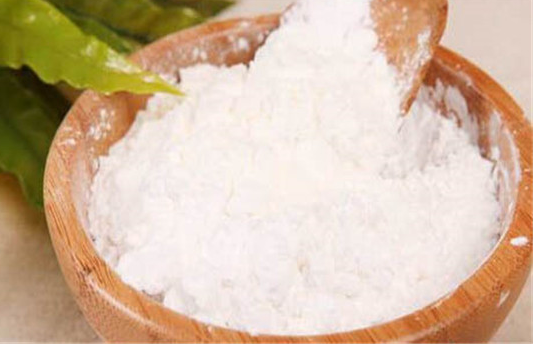Modified starch, also known as modified starch, is starch that changes its original properties after physical or chemical treatment. It has a wide range of applications, including food, textile, paper, construction and pharmaceutical fields. This article will provide an in-depth look at the preparation, properties and applications of modified starch.
1. Preparation method
Physical method: Treat starch through mechanical shearing or high temperature and high pressure to cause conformational changes in starch molecules and change their physical properties. This method is simple and easy to implement and does not require chemical reagents, but it has limited changes in the properties of starch.
Chemical method: chemical reaction on starch to change the structure and properties of starch. Mainly include methods such as esterification, etherification, cross-linking and enzymatic hydrolysis. This method can achieve diversified modification of starch, but it requires strict control of reaction conditions and the generation of side reactions.
2. Characteristics
Solubility: Compared with unmodified starch, modified starch is more soluble in solvents such as water and ethanol.
Gelatinization: Modified starch has better gelatinization properties and can be gelatinized in a wider temperature and acidity range.
Thermal stability: Modified starch has better stability under high temperature and high pressure conditions and is not easy to lose viscosity and gelatinization.
Viscosity: Modified starch has a higher viscosity than unmodified starch, making it useful in binding, gelling, and thickening applications.
3. Application fields
Food industry: Modified starch is widely used in food processing, such as bread, pastries, biscuits, etc. It can increase the viscosity, consistency and mouthfeel of food, and improve the texture and mouthfeel of food.
Textile industry: As a natural adhesive, modified starch is widely used in textile processing and printing and dyeing processes. It can be used to adjust viscosity, improve adhesion and improve hand feel.
Building materials: Modified starch can be used as a binder in building materials such as cement, gypsum, and lime.
Pharmaceutical field: Modified starch is used as a medicinal capsule filler and thickening agent for tablets in the pharmaceutical field, which can improve the stability of drugs and reduce dosage errors.
Cosmetics industry: Modified starch is also widely used in the cosmetics industry as a moisturizer and thickener, which can increase the consistency and viscosity of cosmetics and improve their feel and appearance.
Future trends
As people pay more and more attention to health and environment, more and more attention is paid to the research on modified starch. In the future, we can expect:
Improvement of production technology: With the continuous development of manufacturing technology, the production technology will become more and more advanced, improving the production efficiency and quality of modified starch.
Expansion of application fields: With in-depth research on the properties of modified starch, more application fields will be explored in the future, such as biomedicine, environmental protection, etc.
Green and environmentally friendly direction: Since pollutants are produced during the preparation process of chemical methods, biotechnology and natural materials will be used more in the future to prepare modified starch to achieve environmental protection and sustainable development.
In summary, modified starch, as a modified starch with broad application prospects, is of great significance in its preparation method, properties and application fields. In the future, with the advancement of technology and the increase in demand, it is believed that modified starch will be applied and developed in more fields.
Henan Huatai supply all kind of starch processing,Modified starch processing, Potato starch production line, cassava starch production line, wheat starch processing,any need please email to info01@cnoilmachine.com
